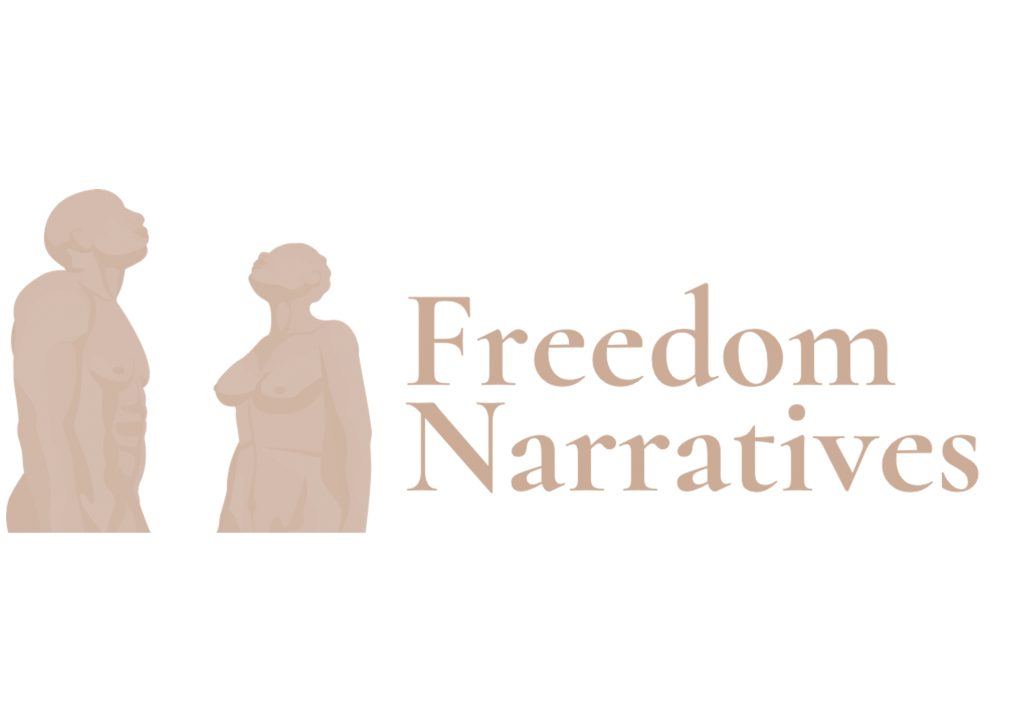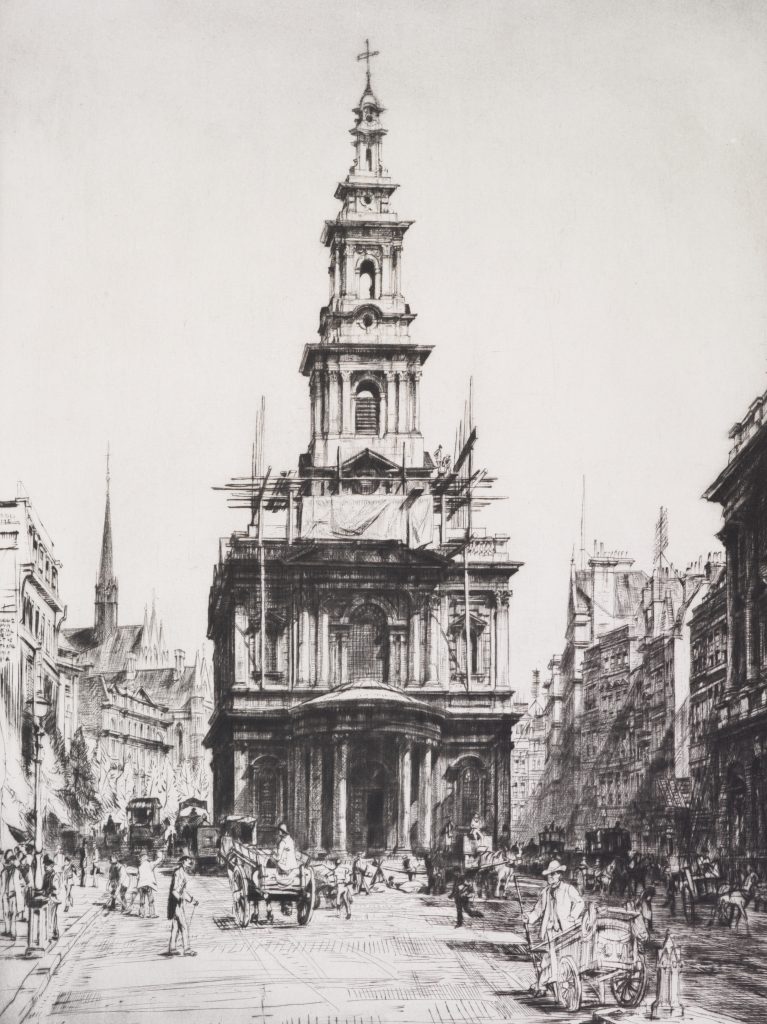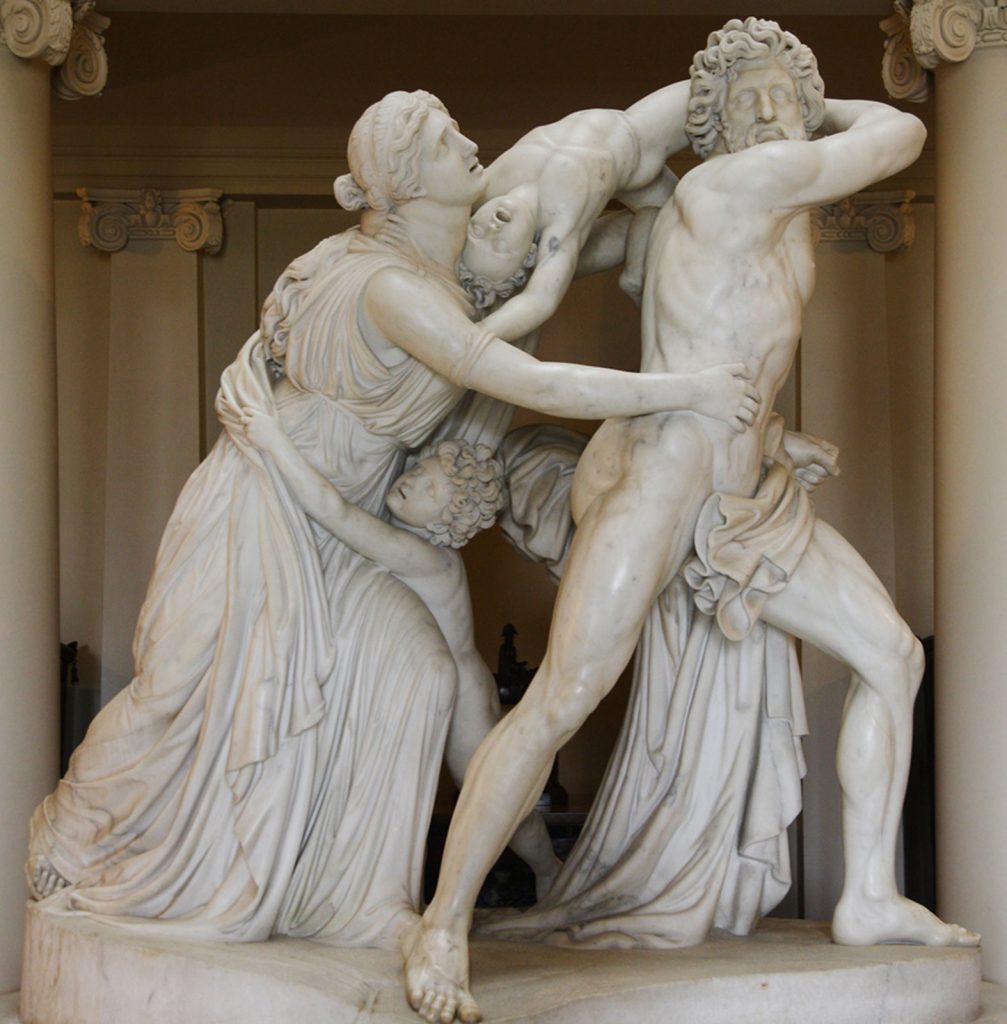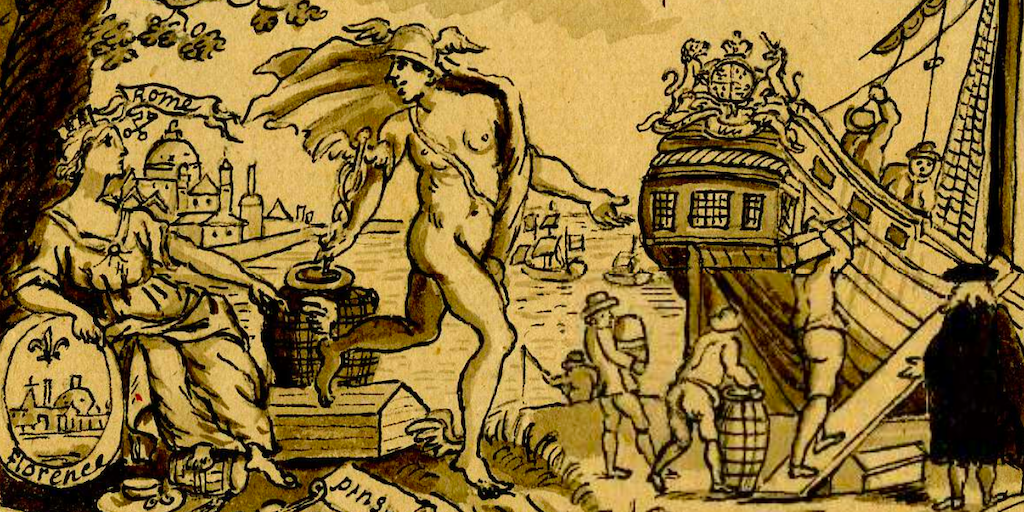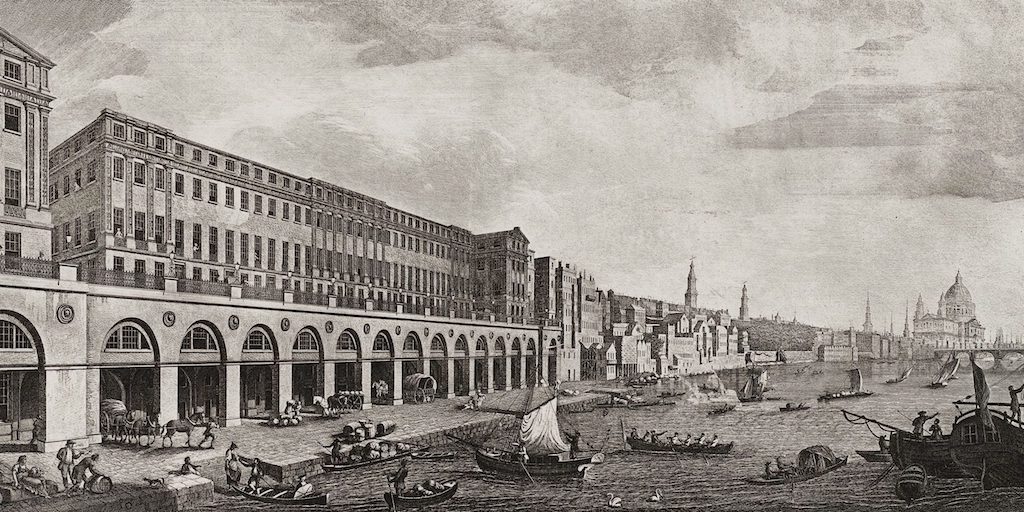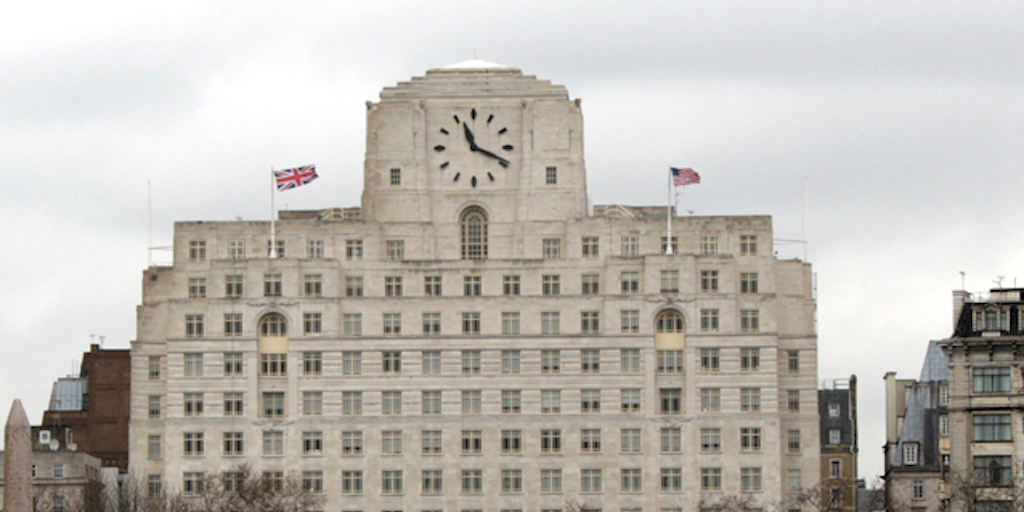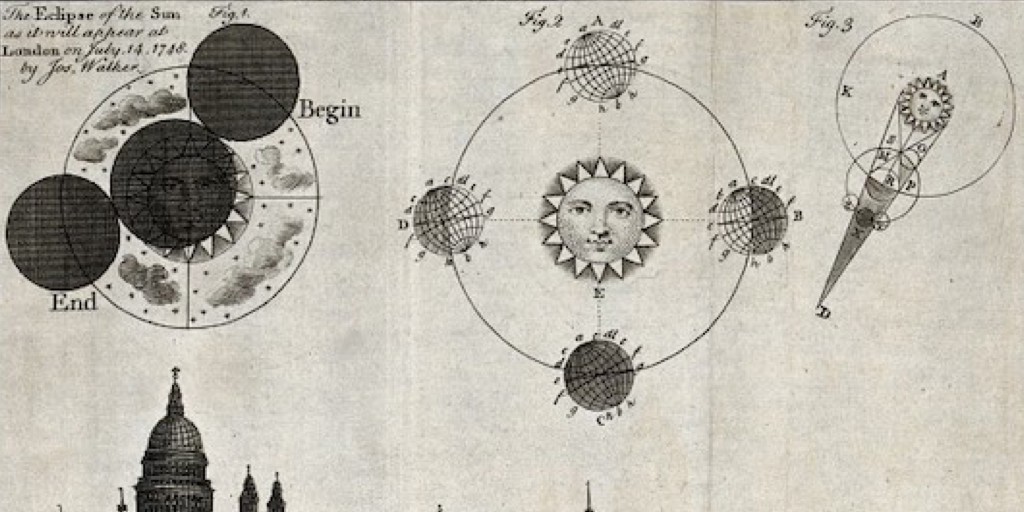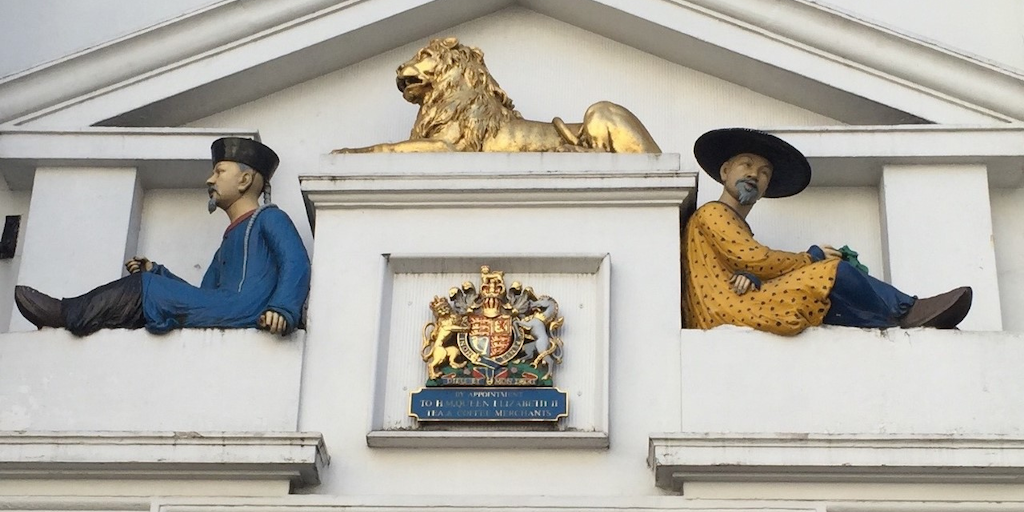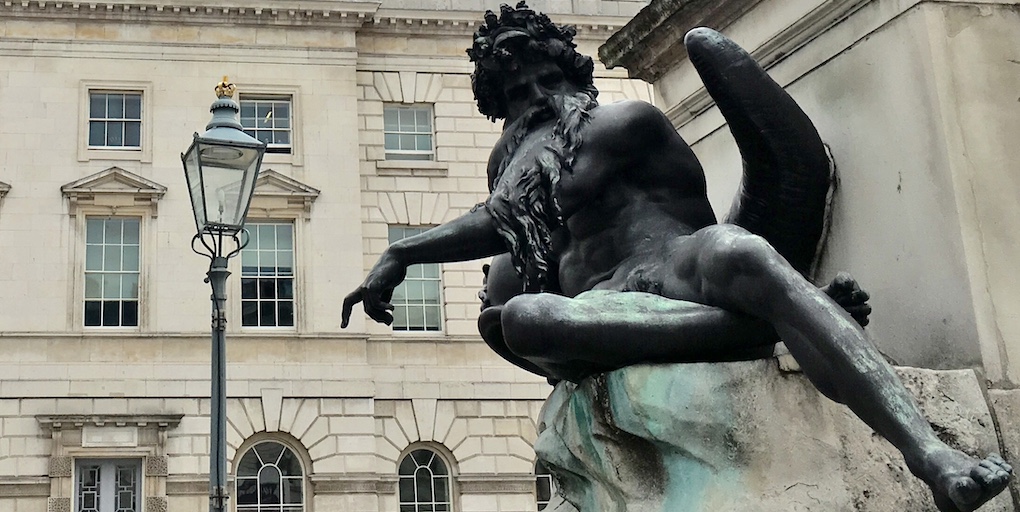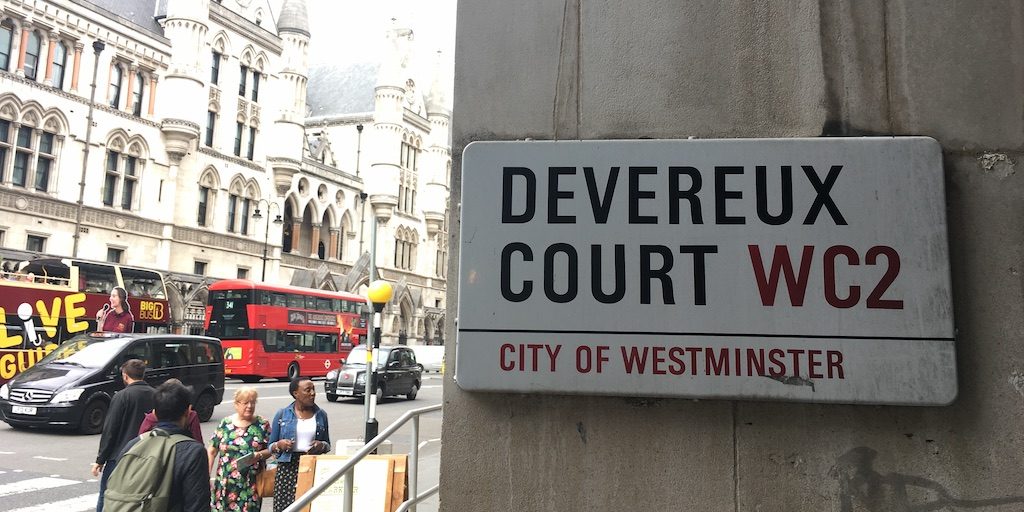1700-1799
Freedom Narratives
The Freedom Narratives project is an open-source digital repository that includes biographical accounts of individuals born in Africa between the sixteenth and the nineteenth centuries. This mostly comprises people who were born free but later became enslaved and who many times regained their freedom later in life. This project contributes in original ways to the…
Read MoreThe Island Churches of the Strand
Many King’s students have likely passed the ‘Island Churches’ of the Strand as they make the pilgrimage from Somerset House to the Maughan Library. Likewise, many Strand dwellers may recognise their spires from afar, perhaps unaware of their history. Just a few minutes walk separate St Mary le Strand, located between Bush House and the…
Read MoreSculptor John Flaxman and his wife Nancy move to 420 Strand
In the autumn of 1794, the sculptor John Flaxman and his wife Nancy returned from their seven-year stay in Rome. They lodged, temporarily, with Flaxman’s father in his house at 420 Strand, between Bedford Street and where the Adelphi Theatre would be built a little more than a decade later. His father, who moulded and sold…
Read MoreShops on the Strand: women in business in early modern Westminster, 1600-1740
In October I began work in earnest on a new research project, which will illuminate the lives of women in business on the Strand in the seventeenth and early eighteenth centuries. I am particularly looking forward to uncovering all sorts of material on the myriad shops in this location, whether at street level or in…
Read MoreThe Adelphi and Robert Adam
By the end of the eighteenth century, the Strand had become the theatre of one of London’s most adventurous architectural enterprises: the Adelphi. Four Scottish brothers Robert, John, James, and William Adam endeavored to transform a slum into a fashionable quarter, and in doing so, to promote their dream of social and artistic uniformity, equity,…
Read MorePeople of the Strand: Fortunatus (died 1601)
‘If one could choose a single location in which the encounter with cultural complexity became routine, it would be that unique gathering of peoples along the Thames.’ So says John Cramsie, author of a book about such encounters in the early modern period, though mostly ones away from London (British Travellers and the Encounter with…
Read MoreStargazing from centuries gone by
In the 18th century, the Philosophical Transactions journal (then a relatively new publication) preserved several accounts of astronomical events as observed from the Strand. The Royal Society of London provided James Short, “from the College at Edinburgh”, this platform to publish his observations. In the Philosophical Transactions database Short’s name appears thirty-four times. Of these,…
Read MoreTwinings and Lloyds Intertwined
Part One Twinings has long been associated with fine teas but the company actually sprang from Tom’s Coffee House. This blog explores a little of that early history and links to Tweed family members who lie within my own ancestral tree. Walking along the Strand in 1706 a waft of aromatic coffee and stimulating chit…
Read MoreA Wind of Tingling Fullness on the Strand
A Wind of Tingling Fullness on the Strand: Sir William Chambers’ Sculptural Design and Somerset House as ‘the object of national splendor’ An Interview with Professor Michael Trapp, Department of Classics, King’s College London By Freya Zhang In her essay ‘The external sculptural decoration of Somerset House: And the documentary sources’, Susan Jenkins writes: “It…
Read MoreEighteenth-century lives in Devereux Court
Micah Anne Neale is a 3rd-year PhD student at Royal Holloway, University of London, and volunteered for Layers of London in Summer 2019. Her thesis topic is the musical lives of eighteenth-century domestic servants in Britain, and her research interests include early modern social and cultural history, the history of work and the history of…
Read More
